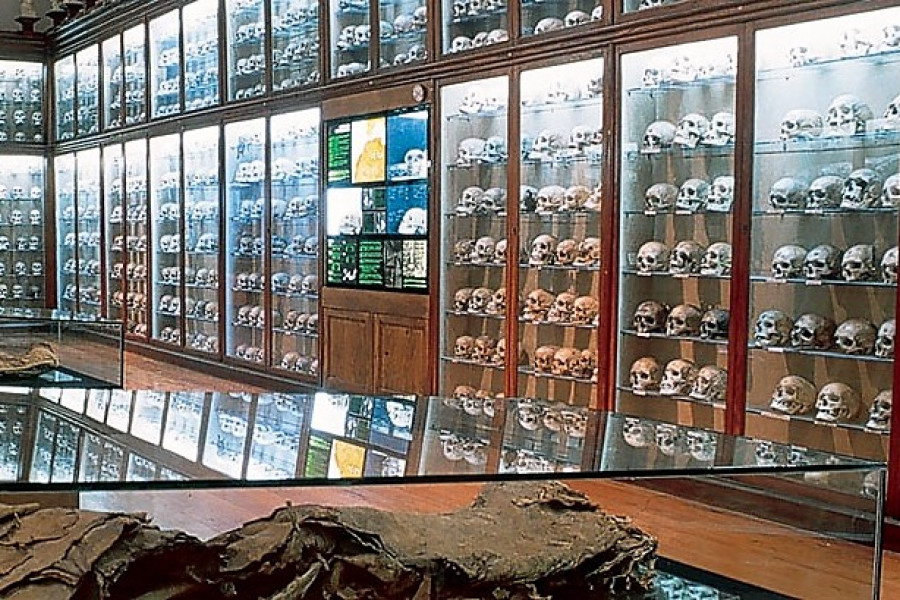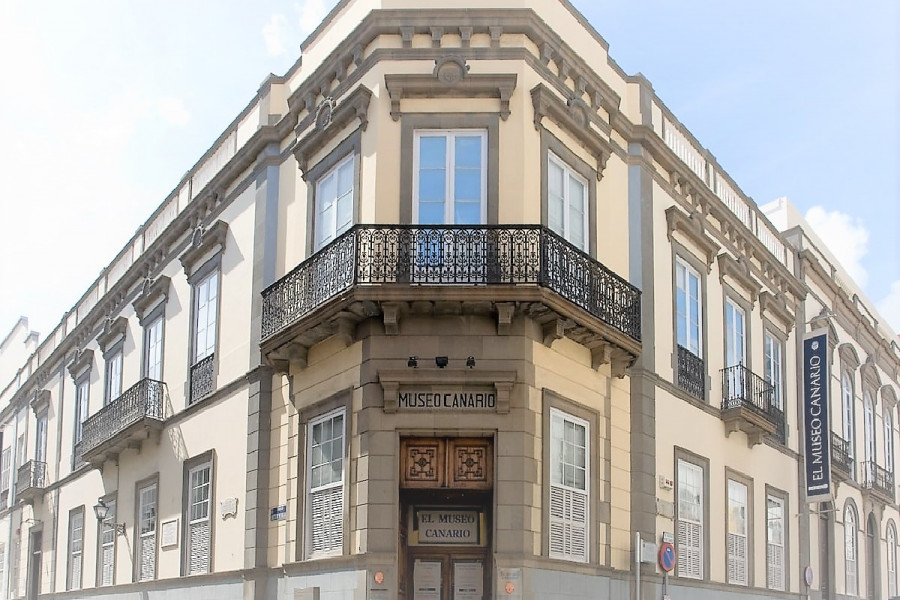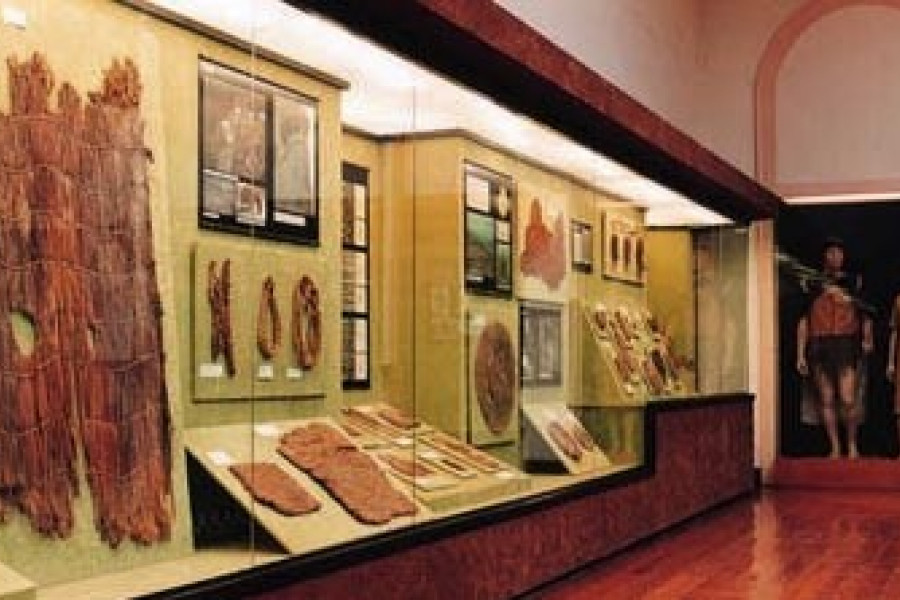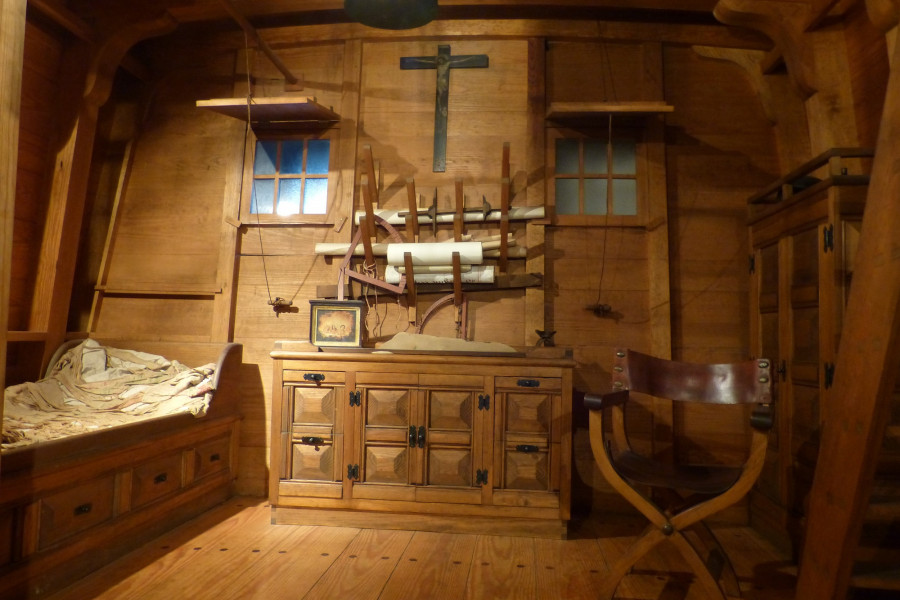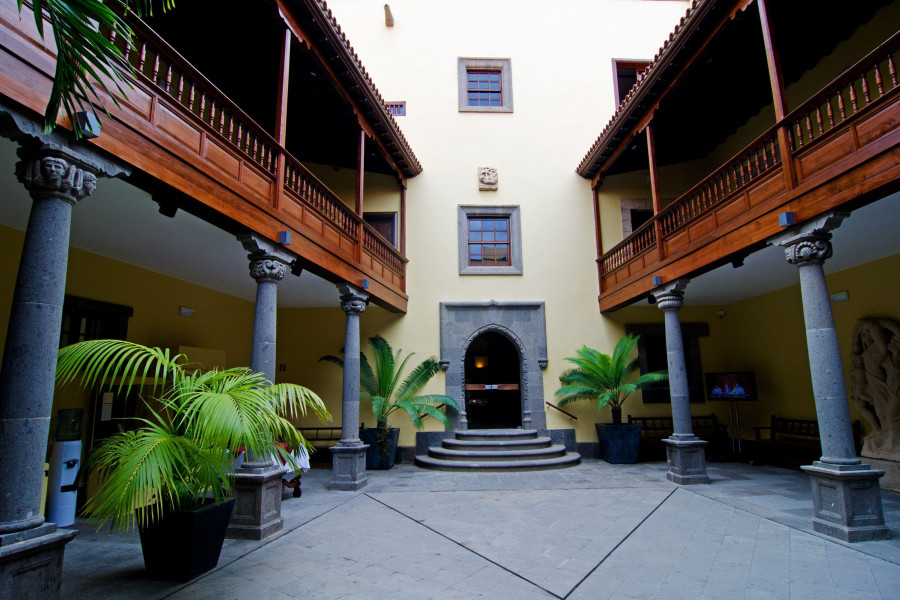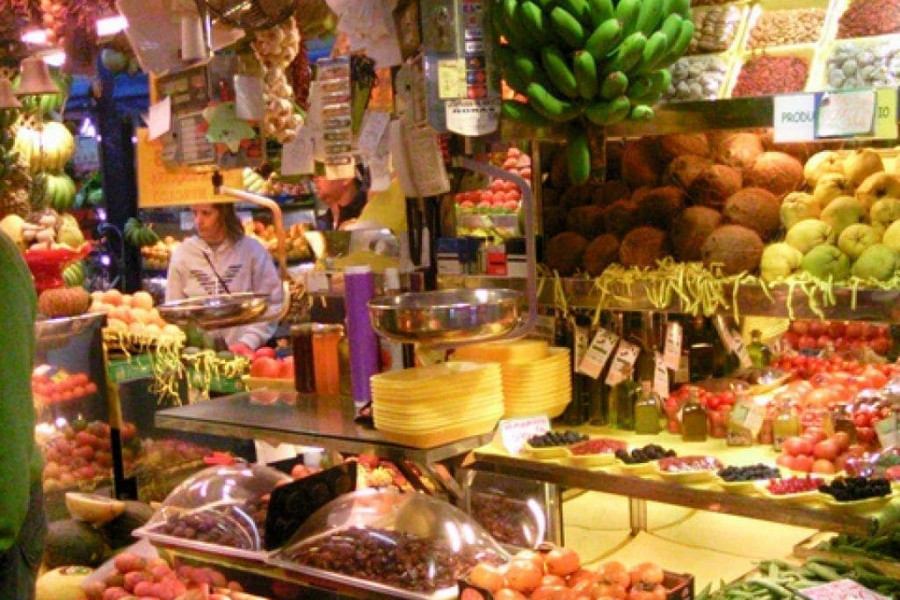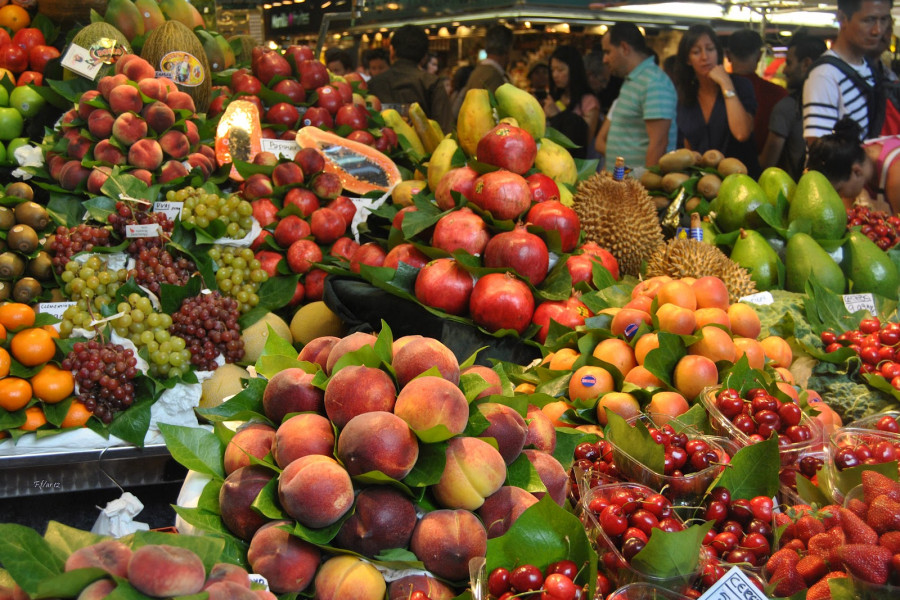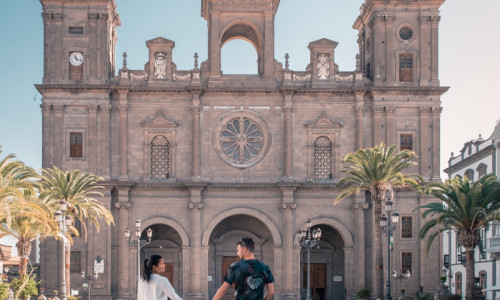VEGUETA HISTORIC QUARTER
The historic quarter of Vegueta, located in Las Palmas de Gran Canaria, is one of the most visited places on the island, because it is where the city of Las Palmas originated. Nowadays it is the urban nucleus with the best preserved historic centre of the Canary Islands. What is its origin? This neighbourhood originated at the end of the 15th century and nowadays it is the main tourist attraction. In 1478 Captain Juan Rejón landed on the island and established an encampment. Later, due to colonisation, it became a historic city.
What to see in Vegueta?
The neighbourhood of Vegueta has a historic architecture that attracts a large number of visitors each year. This part of the city of Las Palmas has a great artistic influence in its traditional architecture that we can see in the well-known wooden balconies, the pedestrian squares, the cobbled streets or the museums among others, making it one of the most visited neighbourhoods of the island.
Plaza de Santa Ana and its Cathedral
Plaza de Santa Ana is a monumental complex where different styles blend harmoniously, from Gothic to Modernism. This historic space surrounded by palm trees is currently the setting for some of the city's cultural and festive events, such as the Founding Festivities or the Theatre and Dance Festival. The construction of the Cathedral began at the end of the 15th century and the building represents different architectural styles in its façade and interior. The Diocesan Museum of Sacred Art is located in Patio de los Naranjos. It houses works from the 17th and 18th centuries. The visit to this museum is included in the visit to the Cathedral.
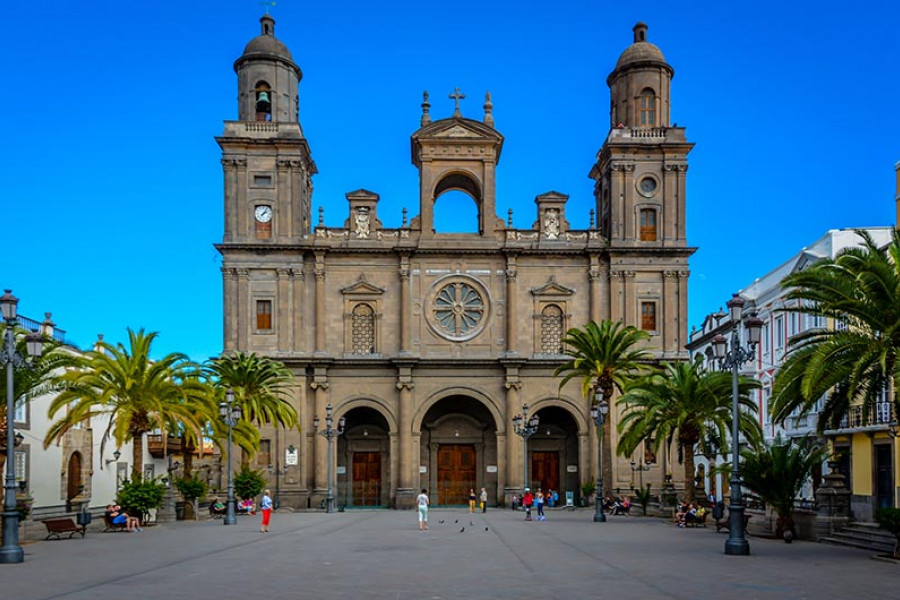
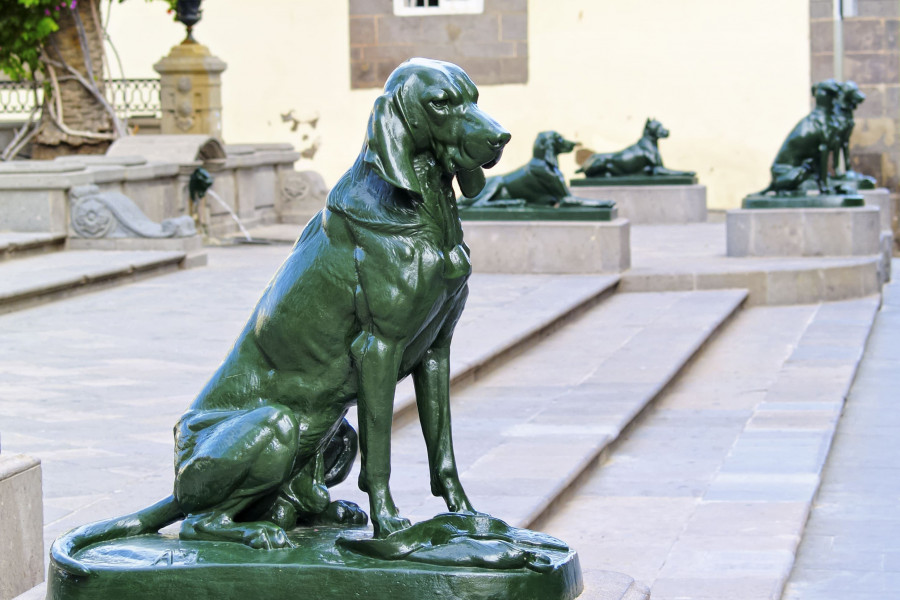
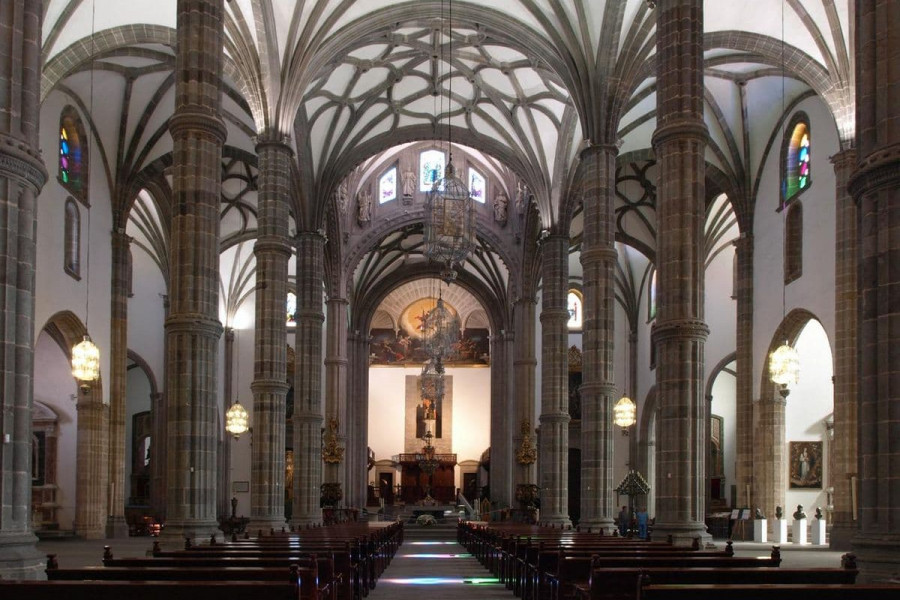
Town Hall
Until 1979 they were considered the seat of the municipal offices. The architectural representation follows the Plaza de Santa Ana and the Cathedral in size, they are located opposite. The façade is made of stone masonry and consists of nine arches dividing the first floor. These buildings underwent a complete refurbishment in 2010 and now house more than 90 paintings by different artists.
Canarian Museum
The Canary Islands uses various resources to research the prehistory and history of the islands. The Canarian Museum is an institution dedicated to the scientific and cultural field in which it exhibits this research in its rooms; such as, for example, the permanent collection on the aboriginal population of the Canary Islands.
Atlantic Centre of Modern Art
The Centro Atlántico de Arte Moderno was created in 1989 by Francisco Sáenz Oíza and is located in a building whose façade is preserved in its original neoclassical style. The exhibitions range from the panorama of the historical avant-garde to the latest trends in art.
Hermitage of San Antonio Abad
This church with a baroque altarpiece was where the historical testimony of the first foundational settlement of the city was established. On the outside there is a plaque explaining that Columbus prayed there before setting sail on one of his voyages.
Casa de Colón (Columbus House)
Continuing with the guided tour, we also come across Casa de Colón (Columbus House), which includes several houses from the founding period of Las Palmas. Casa de Colón has become a cultural reference point for studying the history of the city.
Casa de Colón has a long opening hours with affordable prices ranging from €4 for general admission, €2 for reduced admission and free for people with disabilities, school groups, guides, children under 18, etc. and free every Sunday.
As well as providing a tour, the museum also has a library that covers the history of the Canary Islands and the Americas, whose books are not open to the public outside the establishment.
As it is one of the most visited museums in the Canary Islands, it also has a guide service for groups of less than 30 people and allows you to take an interactive tour, as well as having a shop where you can buy handcrafted products.
As an added value, it offers some of its rooms for meetings or cultural activities.
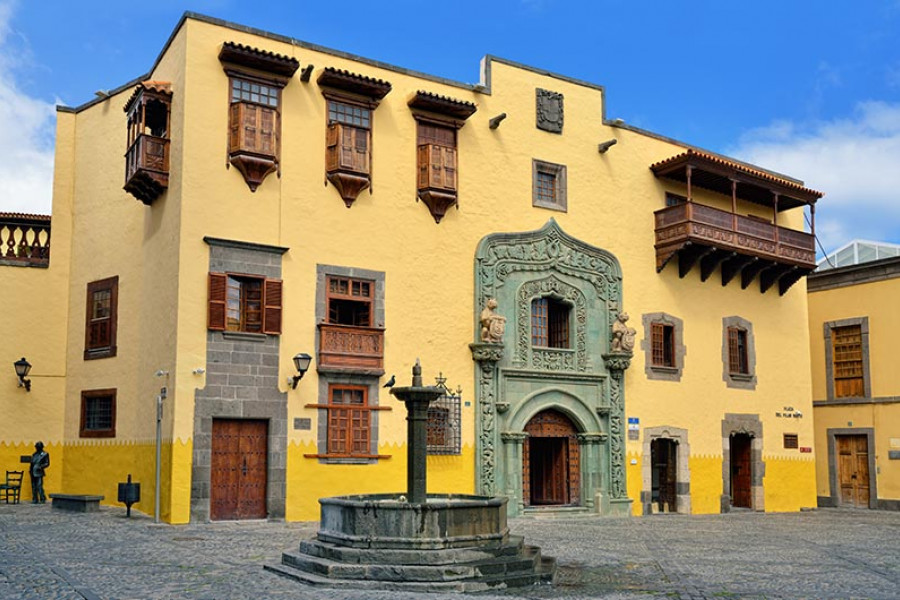 |
|
|
Vegueta Market
This is a public market that has been open since 1863, where you can find all kinds of typical Canarian gastronomic products. Inside you can also enjoy its gastronomy for a reasonable price. The neighbourhood of Vegueta mixes the affluence and nightlife with the quiet atmosphere of its streets where you can enjoy its history.
A guided tour can't end without knowing how much does it cost to eat in Vegueta?
Restaurants in the area have affordable prices ranging from 10 to 50 euros. Here you'll find a variety of different types of food including Italian, Mediterranean, fusion and Spanish tapas bars. Whatever you choose, you're sure to get it right!
More details and book